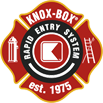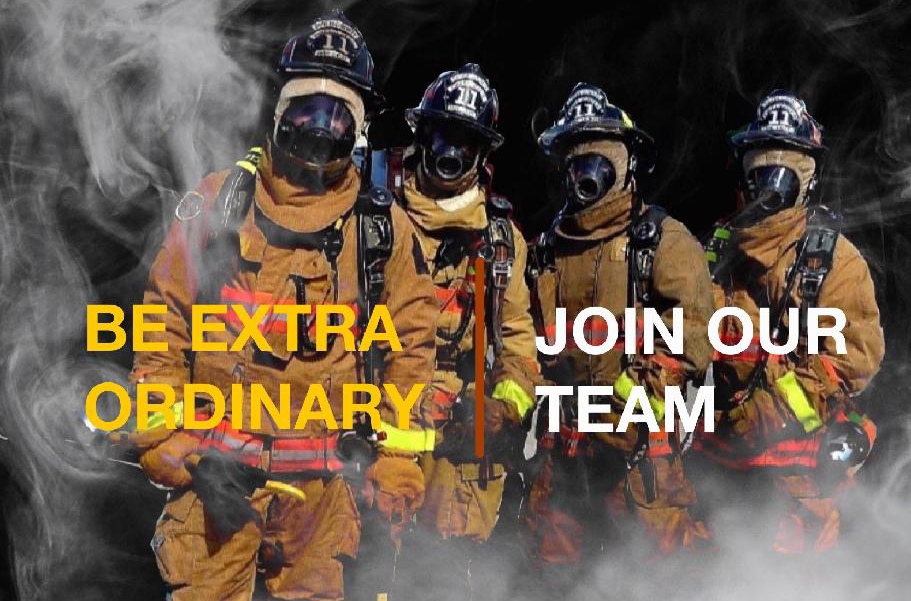The Department’s History
The South Montgomery County Fire Department (SMCFD) has a rich history that has led it to be one of the best in the nation — a huge accomplishment for any department and a well-deserved one for ours.
The Insurance Service Office (ISO) grades communities on their fire protection — assigning a Public Protection Classification that ranges from a Class 1 (superior property fire protection) to Class 10 (fire protection efforts don’t meet ISO’s minimum criteria).
In 2012, after extensive data collection, demonstrations, and surveys, ESD #8 requested a regrading from the ISO — hoping to improve on its Class 2 grading. ESD #8 was regraded in 2014 to an ISO rating of 1 — a rating that very few fire departments in the United States can boast.
But to better understand where we are, it helps to know where we’ve been.
Our Beginnings
The SMCVFD was started in 1974, but back then, it was known as the Oak Ridge North Volunteer Fire Department — a rural fire protection district staffed entirely by volunteers and contracted fire services.
During its first year, the department acquired several pieces of equipment, including:
- A purchased new Ford/Ward LaFrance pumper with a 750 gallons-per-minute Hale pump and a 500-gallon tank
- A donated fuel truck that was converted into a tanker
- A donated Southwestern Bell ½-ton utility truck that was converted into a rescue truck
As the department grew, the 45 active volunteers achieved several firsts, like being recognized as:
- The first fire department in Montgomery County to have a foam system on its apparatus
- The first Houston-area fire department outside the city to have a thermal imaging camera
Today’s staff continues this tradition of excellence — ensuring they have the training, programs, and equipment to serve their community.
Seasons of Growth
1978As the area’s population exploded, the department realized it couldn’t operate based solely on donations. Therefore, in 1978, a vote by county residents established Montgomery County Rural Fire Prevention District #8 and enabled the department to put income generated from property taxes over the next decade toward capital expenditures, including:
- Adding a second station (on Rayford Road, in the Fox Run area)
- Purchasing a second engine, a factory-built tanker, a purpose-built rescue truck, and a complete set of Jaws of Life rescue tools
- Purchasing a second tanker and a 65’ quintuple combination pumper
When the department opened its third station, The Central Station, around 1985, they hired their first employee. A decade later, the department upgraded its fleet by purchasing three new engines (two in 1995 and one in 1999). By this time, the department had paid firefighters on staff and had Stations #1 and #2 manned full-time.
2009In 2009, Emergency Services District #8 took over the department and hired Robert Hudson as its first full-time paid fire chief. Chief Hudson then appointed Michael Johnson as his part-time assistant chief to assist in overseeing the daily operations and manpower of three captains and six firefighters.
Fire Chief’s History
There have been six fire chiefs in the department’s history:
- Chief Rex Terry (1974-1976)
- Chief Ralph Montgomery (1976-1979)
- Chief Jim Williams (1979-1990)
- Chief Ricky Rogers (1990-2003)
- Chief Johnny Webb (2003-2009)
- Chief Robert Hudson (2009-2022) (appointed by the ESD as the first full-time career fire chief)
- Chief Troy Koteras (2022-Presently appointed)
About Montgomery County Emergency Services District #8
ESDs are political subdivisions of the State of Texas, similar to a school district. While they aren’t part of a county’s government, they do work closely with the county.
The current Montgomery County Emergency Services District (ESD) #8 is responsible for fire and first-response emergency medical services (EMS); it’s also the parent organization and the financial umbrella over the South Montgomery County Fire Department.
Staffing
The district covers 53 square miles, serves an estimated 87,000 people, and consists of five career-staffed fire stations (with two more planned) and two groups of employees:
- Fire Administration. The current (May 2021) administration consists of the fire chief, one assistant chief, two battalion chiefs (one for emergency preparedness and one for safety and training), one fire prevention manager (handling inspections and fire prevention), two fire inspectors, one personnel manager, one support services coordinator, one IT coordinator, three maintenance technicians, one executive assistant, and one administrative assistant.
- Operational Staff. As of May 2021, the ESD has an operational daily staff of 36 people (two battalion chiefs, one safety officer, six lieutenants, nine engineers/operators, and 18 firefighters) who manage six fire stations on a 24-hour shift.
Funding Sources
In the past, the department relied on whatever volunteers they had that day to pull apparatus. That meant it wasn’t uncommon to have only one apparatus and four department personnel working a structure fire.
When the department required more assistance than they had resources for, the department relied on mutual/automatic aid partnerships, or agreements between fire departments, to help each other across jurisdictional boundaries.
Today, the district can respond with 18 career firefighters, five apparatus, a battalion chief and initial aid from surrounding departments.
This robust response is thanks to two funding sources:
- The public’s support of the 1 cent sales tax
- ESDs have the power to levy a property tax that’s not to exceed 10 cents per $100 of property value. So, for example, the ESD receives a total tax of $200 yearly (or just more than $16.50 monthly) on a home that’s taxed at $200,000 of value.
This funding helps the ESD provide appropriate levels of trained, professional firefighters and state-of-the-art emergency equipment to respond to residents’ emergencies.
Services Offered
Fire Safety Education
With ESD #8 growing rapidly, fire safety education provided to the community residents is of increasing importance, because it reduces the potential of fires and fire-related injuries. We currently offer free fire extinguisher training to businesses, and we attend many community events throughout the year to educate the community.
Our long-term goal is to have a fire safety staff who can work with businesses and citizens to enhance fire safety within the community.
Fire Inspection
To address this issue, the county fire marshal’s office adopted the 2018 International Fire Code for enforcement, and our Fire Inspection Division works closely with the district’s 2,500+ businesses and tenants to bring businesses up to code. The benefits this fire code offers includes:
- Bringing businesses up to fire code
- Eliminating unsafe work environments
- Saving lives and property
To facilitate inspections, we’ve hired two full-time fire inspectors.



